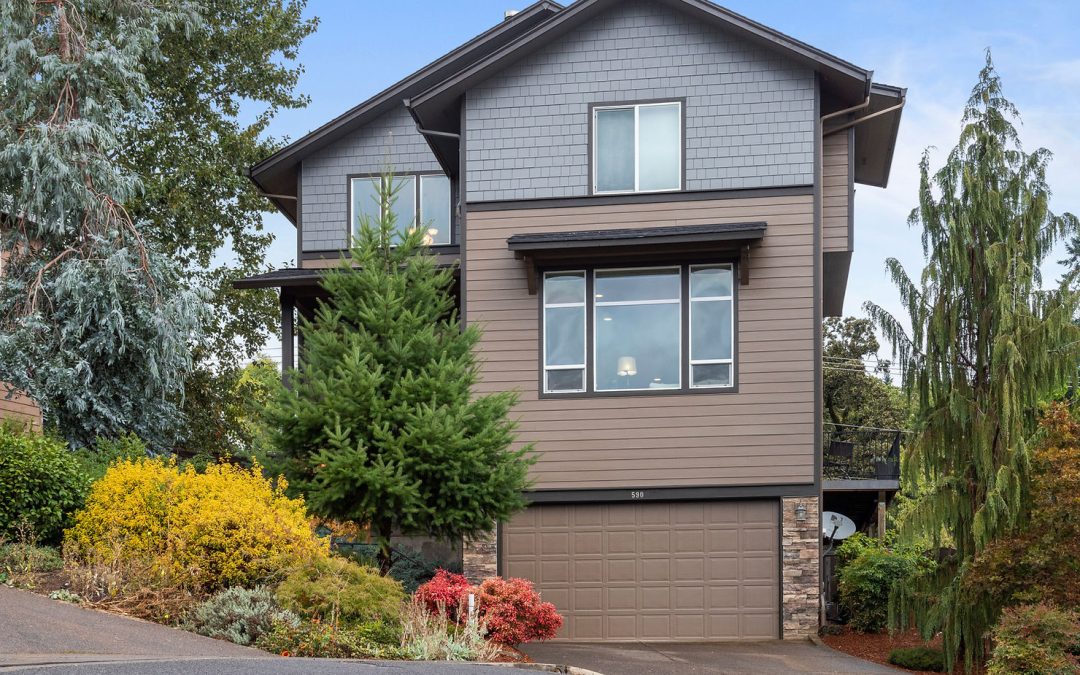Real estate photography is more than just taking pictures; it’s a meticulous process that transforms a space into an inviting visual story. Here’s a deeper dive into the typical workflow of a real estate photographer, including an increasingly important step: the use of AI in photo editing.
1. Staging and Composing the Scene
Before the camera is even turned on, the photographer takes time to stage the property. This might involve rearranging furniture or decor to capture the essence and potential of each space, ensuring the photographs will appeal to prospective buyers.
2. Tripod Use for Consistent Quality
A tripod is a real estate photographer’s best friend. It ensures stability, resulting in sharper images. It also helps maintain consistency in framing and perspective across different shots, an essential factor for a cohesive visual portfolio of the property.
3. Bracketing Shots for Dynamic Range
Photographers often use bracketing, taking several shots of the same scene at different exposure levels (usually three to five). This approach captures details in the brightest highlights and darkest shadows, which is crucial for areas with varying light conditions.
4. HDR Processing for Balanced Images
These bracketed shots are blended through HDR (High Dynamic Range) processing. This method merges the best parts of each exposure, creating a single image that offers a balanced view similar to what the human eye perceives.
5. Lighting and Color Adjustments
Post-HDR processing, the photographer fine-tunes lighting, color balance, and contrast to make the images vibrant and welcoming. This step can dramatically enhance the visual appeal of your listing.
6. Executing Window Pulls
Window pulls are a technique to balance the bright exterior seen through windows with the room’s interior. This ensures that both the indoor space and the external view are accurately and attractively represented.

7. Utilizing AI in Post-Processing
A growing trend in real estate photography is using AI tools in editing software like Photoshop. These AI features can remove unwanted objects (like trash cans, cars, and garden hoses), replace bland skies with more dynamic ones, or even extend the sides of images if necessary. This step ensures the final image is visually appealing and portrays the property in the best possible light.

8. Final Edits and Touch-Ups
The finishing touches involve removing minor imperfections, straightening lines, and ensuring the photos are a true representation of the property. The photographer aims to create a realistic yet aesthetically pleasing image that captures the viewer’s attention.
Conclusion
Understanding the intricate process behind real estate photography, including the advanced use of AI in editing, can deepen your appreciation for this art form. Each step, from setting up with a tripod to sophisticated AI enhancements, is geared towards creating images that do more than just showcase a property—they tell its story. As a real estate agent, recognizing the value and skill involved in this process can help you collaborate more effectively with photographers, ensuring your listings are visually compelling and stand out in the market.


